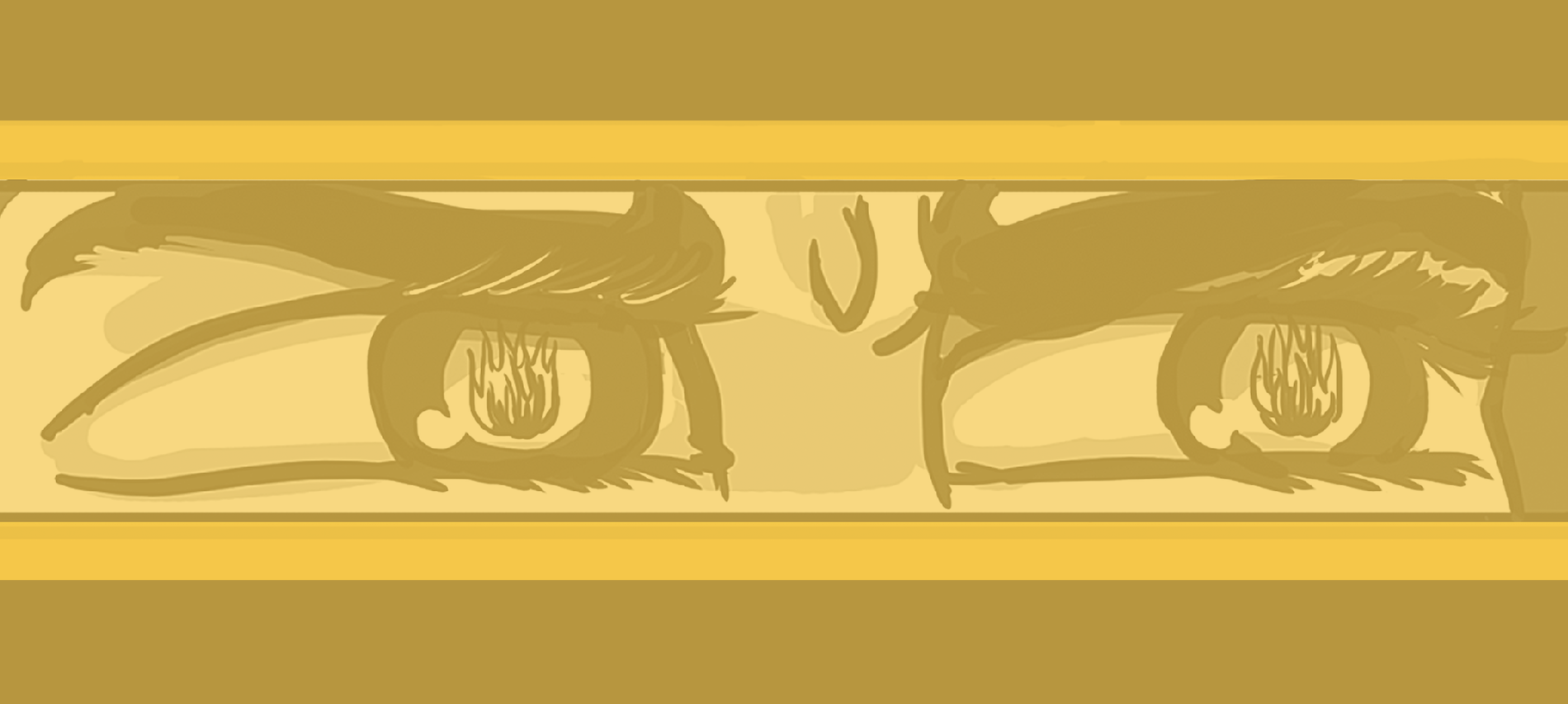Marwan M. Kraidy in ‘The Naked Blogger of Cairo’ uncovers the creative insurgency at the heart of the Arab uprisings that took place in the Arab world from 2010 to 2012. Fueled by a desire of sovereignty, protestors flooded the streets and the media, voicing dissent through slogans, graffiti, puppetry, videos and satire that called for the overthrow of dictators and the regimes that sustained them.
Here’s an excerpt from the book.
The Naked Blogger of Cairo taps the human body as an organizing principle to understand creative insurgency. Th e body was a common thread in the massive trove of images and jo, essays and songs, videos and conversations I gathered while living in the Arab world between June 2011 and August 2012, during shorter research trips to Amsterdam, Beirut, Berlin, Cairo, Copenhagen, and Istanbul, and in protracted expeditions on the Internet. Bodies, burning with anger and defiance, throbbing with pain and hope, brazenly violating social taboos and political red lines, haunted my primary materials. A stencil graffiti to I photographed in November 2011 in Zamalek, an affluent Cairo neighborhood, features a television set with a headshot of a Pinocchio with a nose so overgrown it bursts through the screen. Here was a brief, compelling message that television is a liar, based on the body’s ability to betray falsity. It echoed fists, hands, and fingers in graffiti of the Syrian revolution I tracked in Beirut. Watching satirical videos, I wondered whom they skewered most: Was it Ben Ali, trapped on an airplane and unable to land in the jocular Journal du Zaba? Or Assad, downsized to a pathetic finger puppet in Top Goon— Diaries of a Little Dictator? Or maybe Mubarak, diminished by the splendid Laughing Cow trope to dumb, regurgitating cattle? Spectacular body acts that underlay pivotal events of the Arab uprisings take center stage in this book: Mohamed Bouazizi, the Burning Man of Tunisia; Aliaa al- Mahdy, the Naked Blogger of Cairo; Assala, the Rebellious Singer of Damascus. Regimes responded with body mutilation: hand breaking, eye sniping, virginity testing, as street art commemorated heroic bodies of martyrs pitted against repressive bodies of despots.
Why is the body fundamental to the Arab uprisings?
History tells us that corporeal metaphor is central to political power: from before Louis XIV to after Bashar al- Assad, the sovereign’s figure is the body of the realm. Writing in Baghdad and Damascus during the tenth century, the Islamic Golden Age philosopher and translator Abu Nasr alFarabi cast the ideal polity as a healthy body, and he described in The Perfect State different parts of the state as limbs, ruled by a commanding organ, the heart, that unifies their efforts toward achieving the contentment of the community. In The King’s Two Bodies: A Study in Mediaeval Political Theology, the German- American historian Ernst Kantorowicz traced a concept of “body politic” that envisions a kingdom as a human body, the king as its head and his subjects as organs and limbs. Developing fully in Elizabethan England, this notion recurred for centuries in European political thought and popular culture, from Rousseau’s essays to Shakespeare’s plays, and became influential in France in the sixteenth century. During the French Revolution, corporeal symbolism focused on separating the king’s biological body natural from his symbolic body politic.
In medieval Europe, God was considered the greatest good, and from him the body politic flowed as a unified organism. In contrast, in the months beginning with Mohamed Bouazizi’s self-immolation on December 17, 2010, the three Arab countries that we are most concerned with— Egypt, Syria, and Tunisia— were thoroughly secular autocracies. In all three, political leaders subjected clerics to their dominion and manipulated religion for political ends, but none of them derived his power from the divine, ruled in the name of God, or based foreign policy on religious grounds. Whereas in thirteenth- century Eu rope the body politic belonged to the sacred, in early twenty-first-century Egypt, Syria, and Tunisia the body politic was resolutely worldly. Body imagery is important to modern, secular absolutism, with its image of “the omniscient, omnipotent, benevolent” leader who “defies the laws of nature by his super- male energy.” As you read The Naked Blogger of Cairo, you will encounter the same language in encomia to Assad, Ben Ali, Mubarak, and Sisi. Creative insurgencies against these rulers subvert the imagery propagated by cults centered on the leader’s figure. The body is as foundational to the fall of dictators as it is essential to their rise. Over time, the notion of the body politic evolved to balance hierarchy with interdependence, leading to political pacts that preserved stability but, if broken, invited rebellion. By confirming “the irreplaceable and irreducible moral dignity and spiritual worth of individual man” and insisting that the king was an integral part of the body politic, not standing above it, the medieval notion succumbed to ideological manipulation by politicians leading the rise of new secular states. Emerging lay conceptions of the body politic pilfered at will from Christian theology, Roman law, and canon law, diluting monarchical power. By the late 1300s, bodily metaphor was moving away from the absolute concentration of power in the body of the king, as a conception of a “composite” body of authority including courts, councils, or parliaments gained ground. In the notion of distributive justice that arose to balance these different constituents, one can hear echoes, however faint, of bread- for- stability social contracts that since the 1950s have propped up Arab dictatorships. Because these bargains were fickle, bread riots occurred frequently. Since the 1980s, a combination of economic liberalization, political predation, and rising food staple prices has stretched the bargain to a breaking point.








